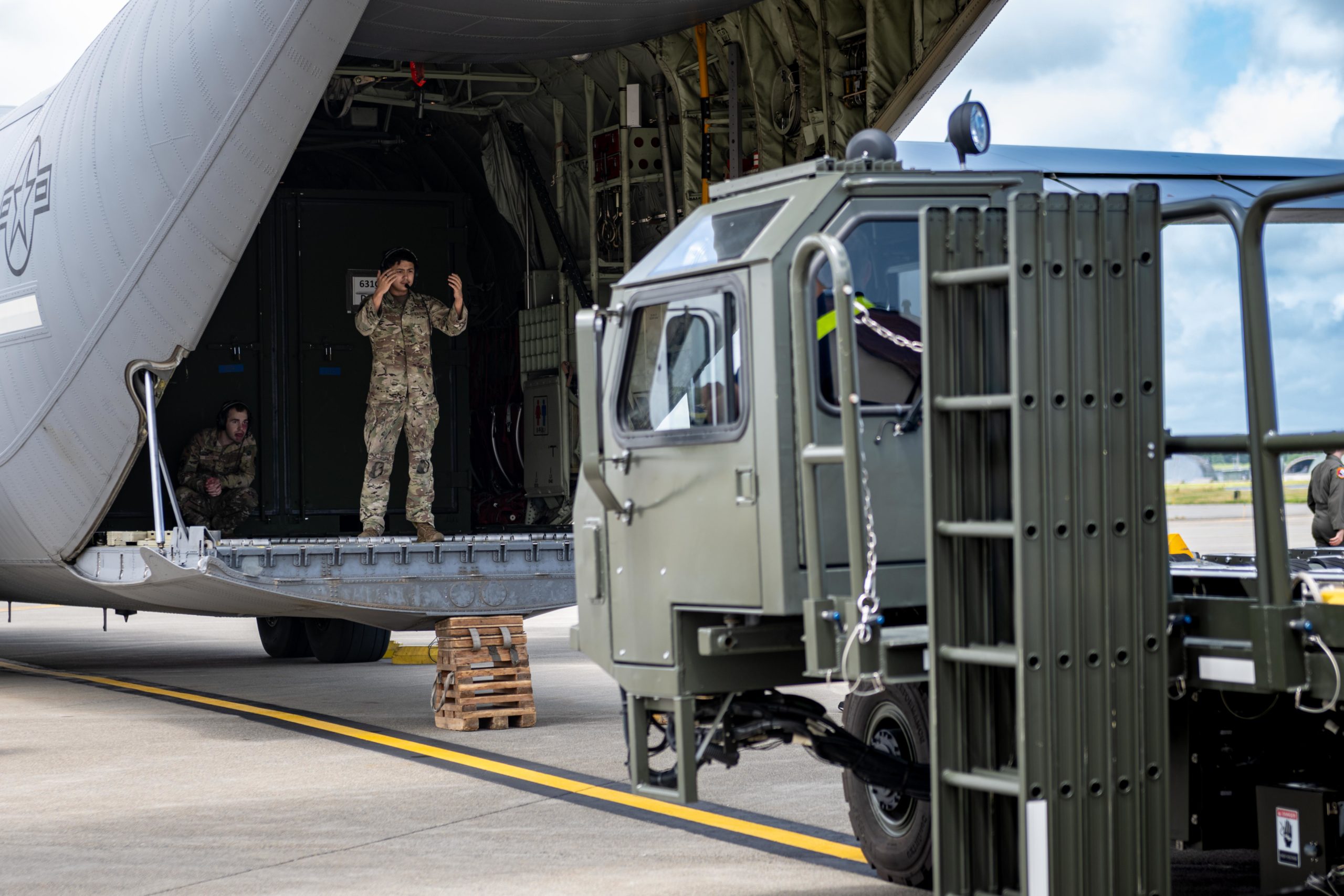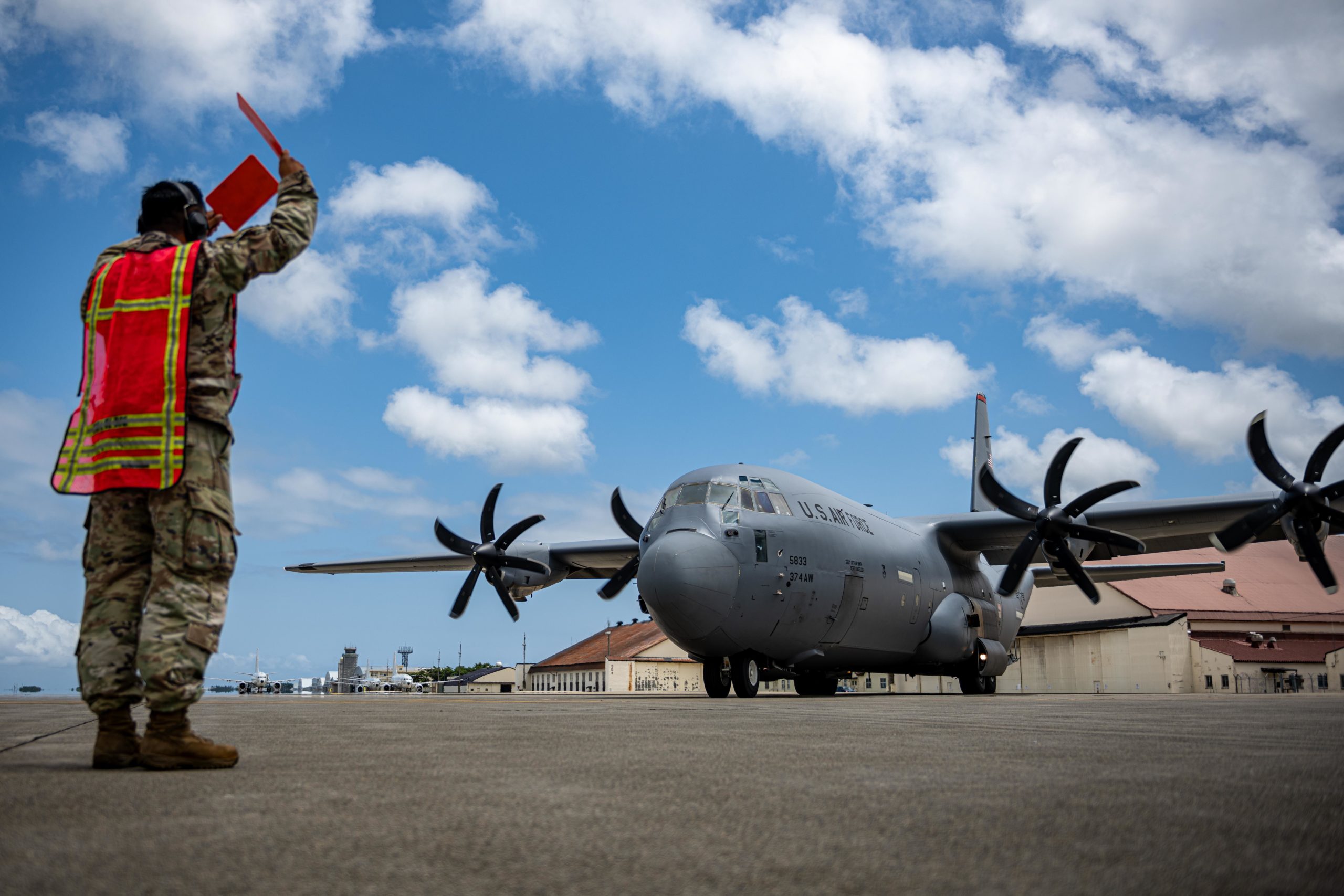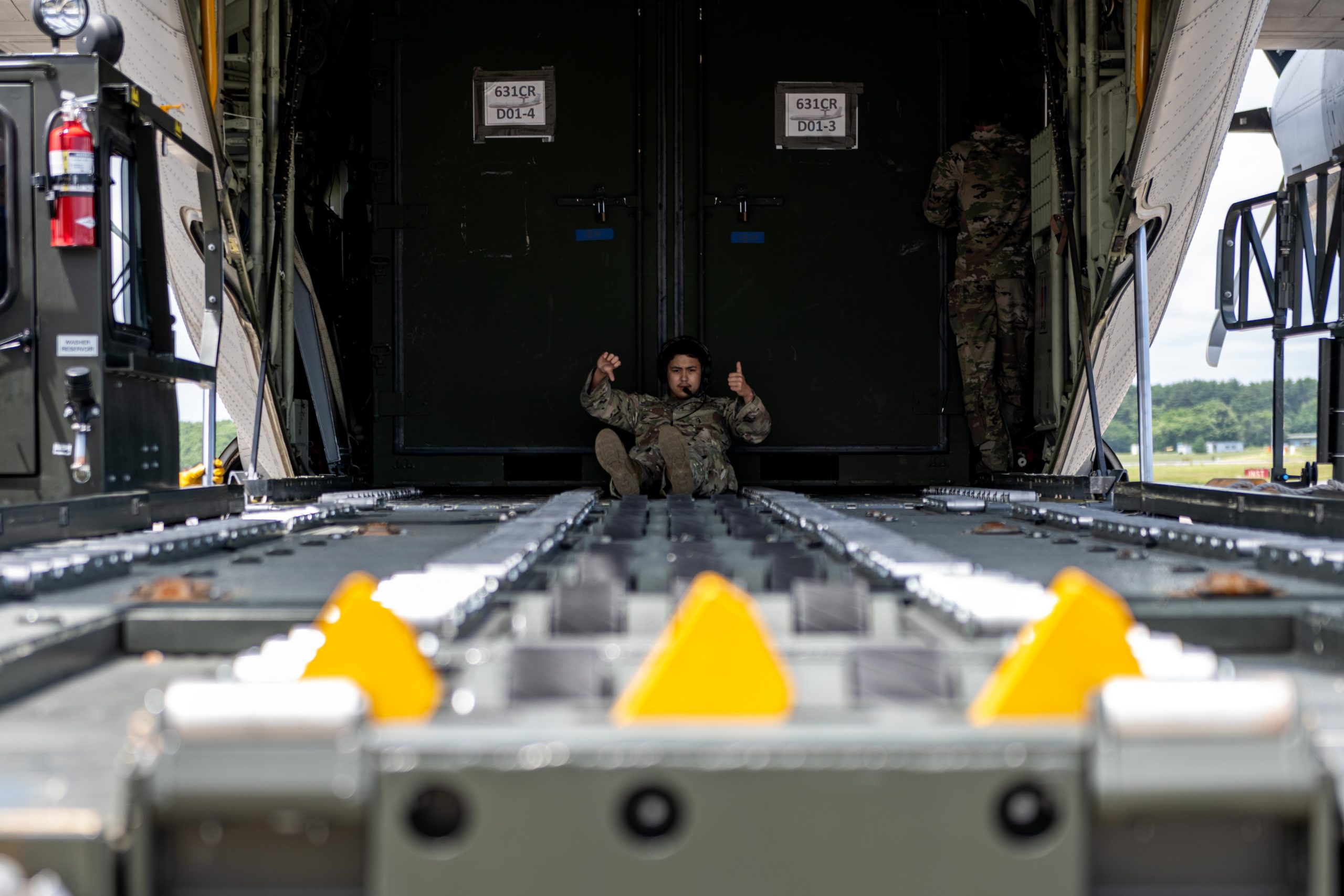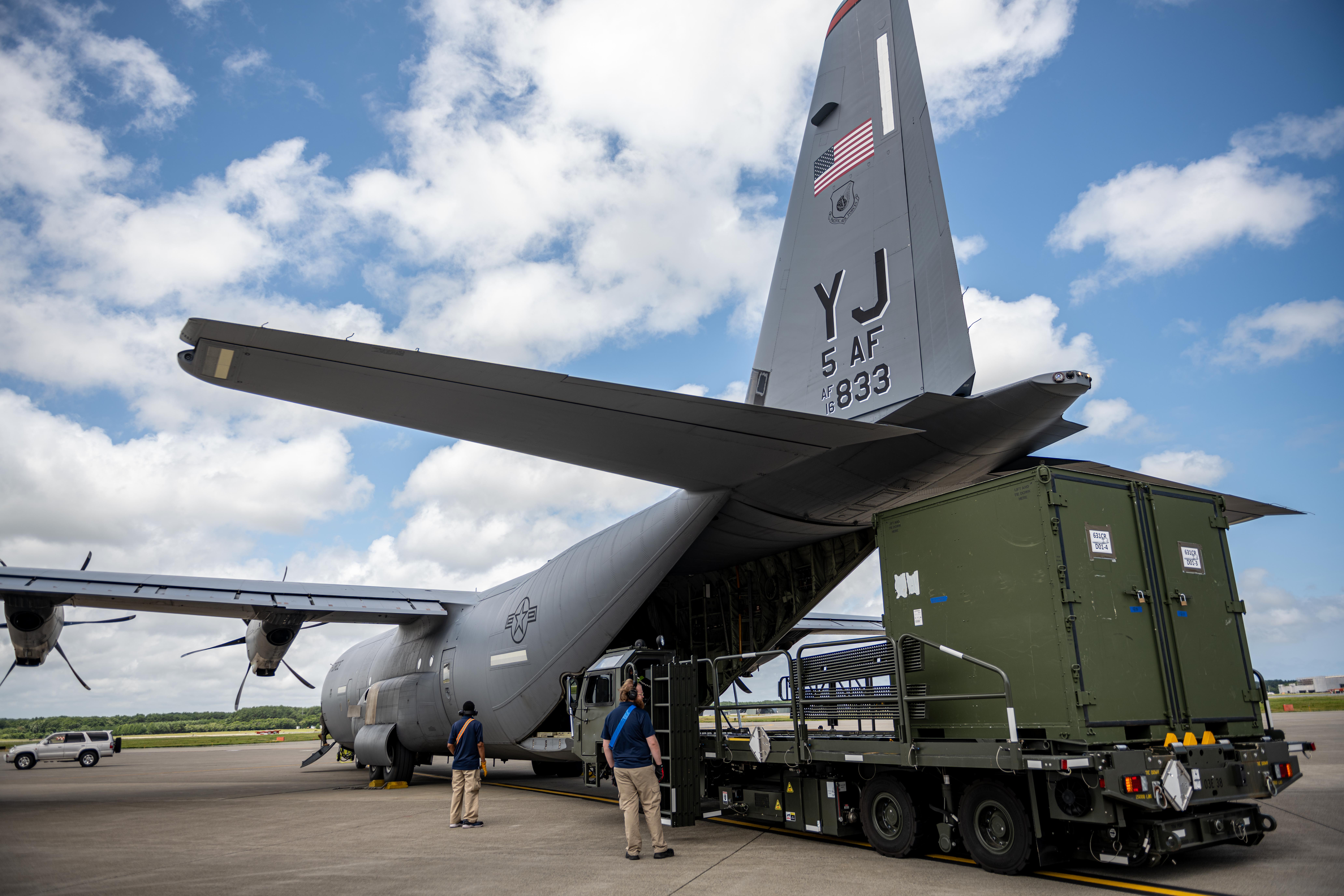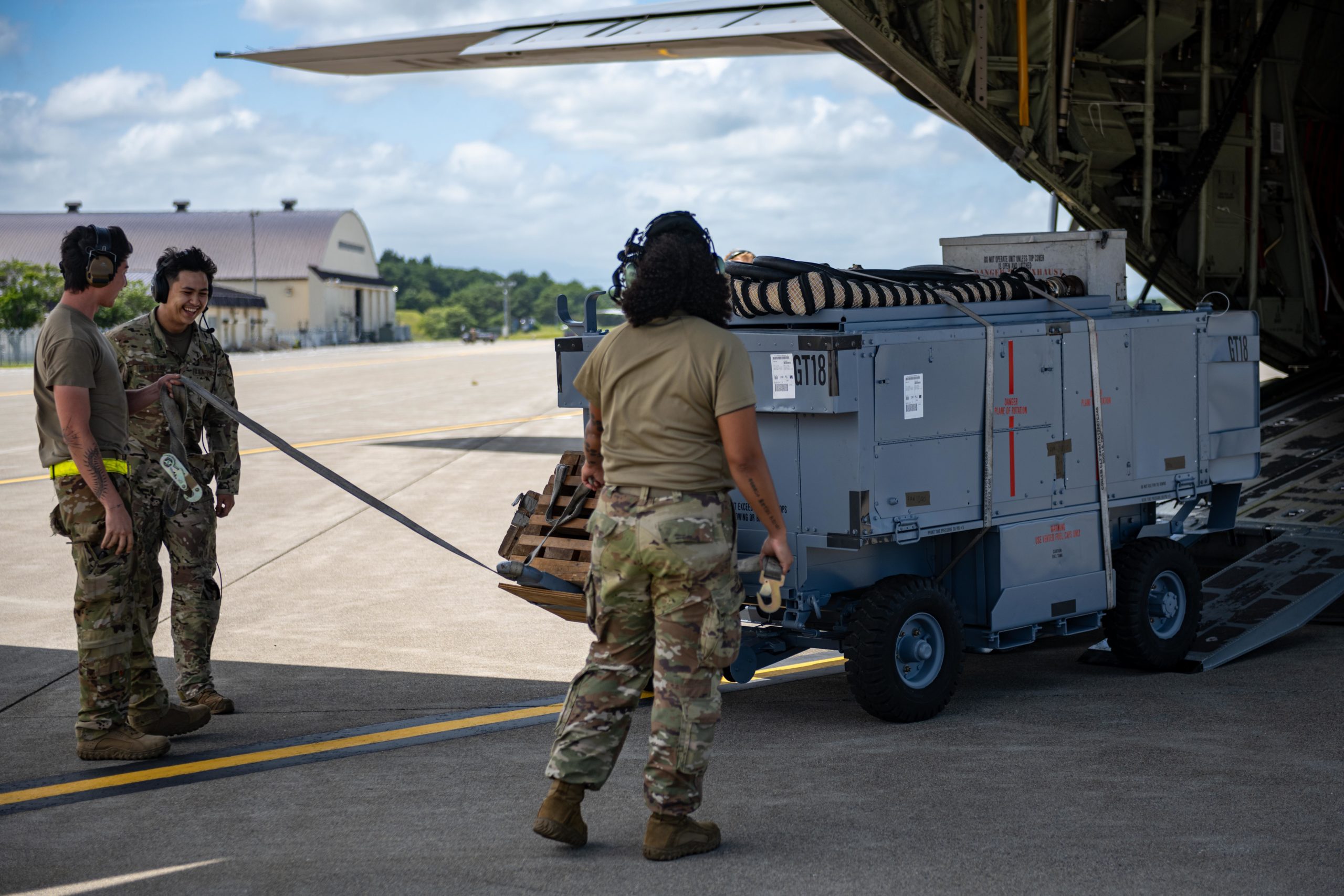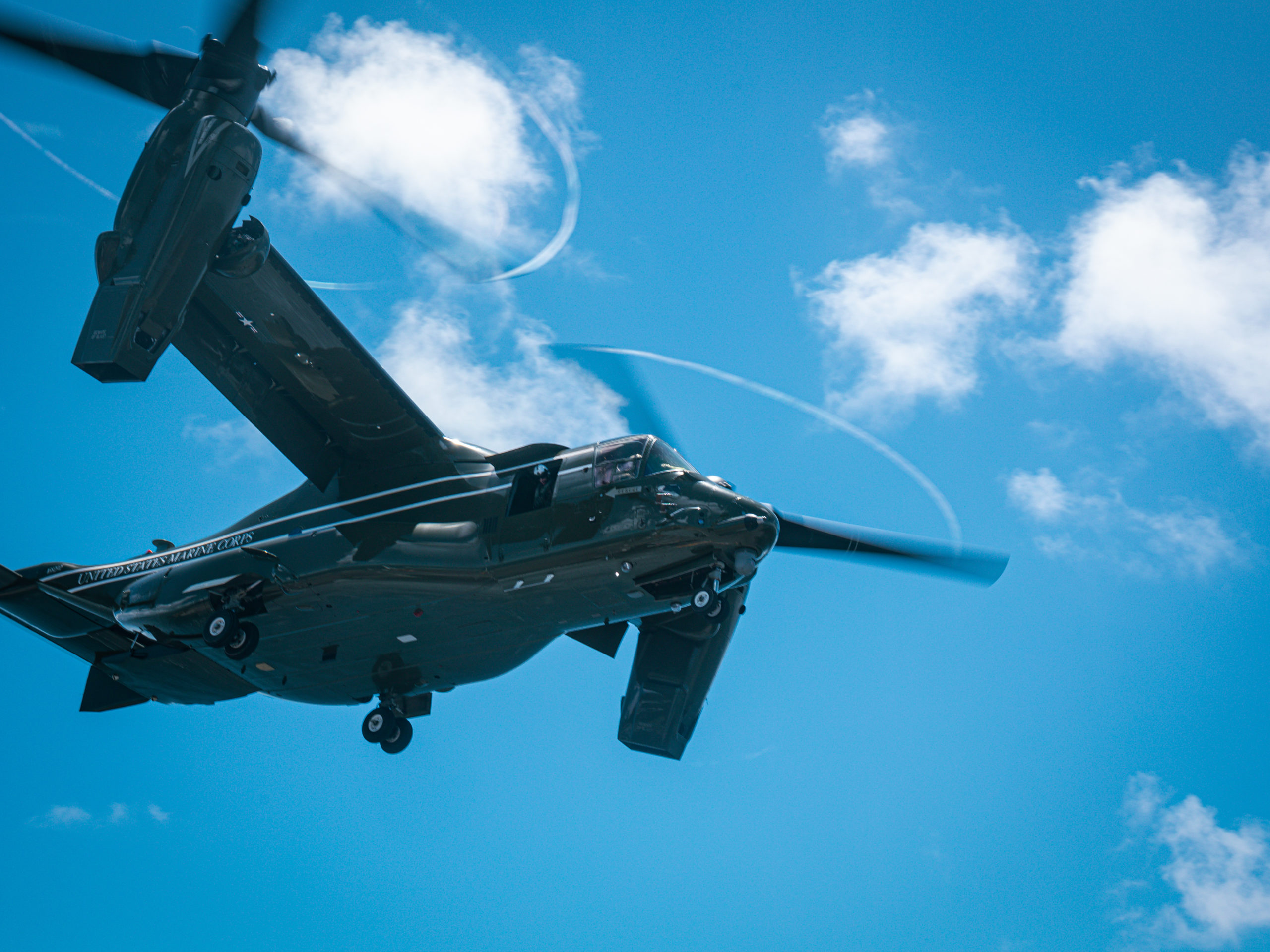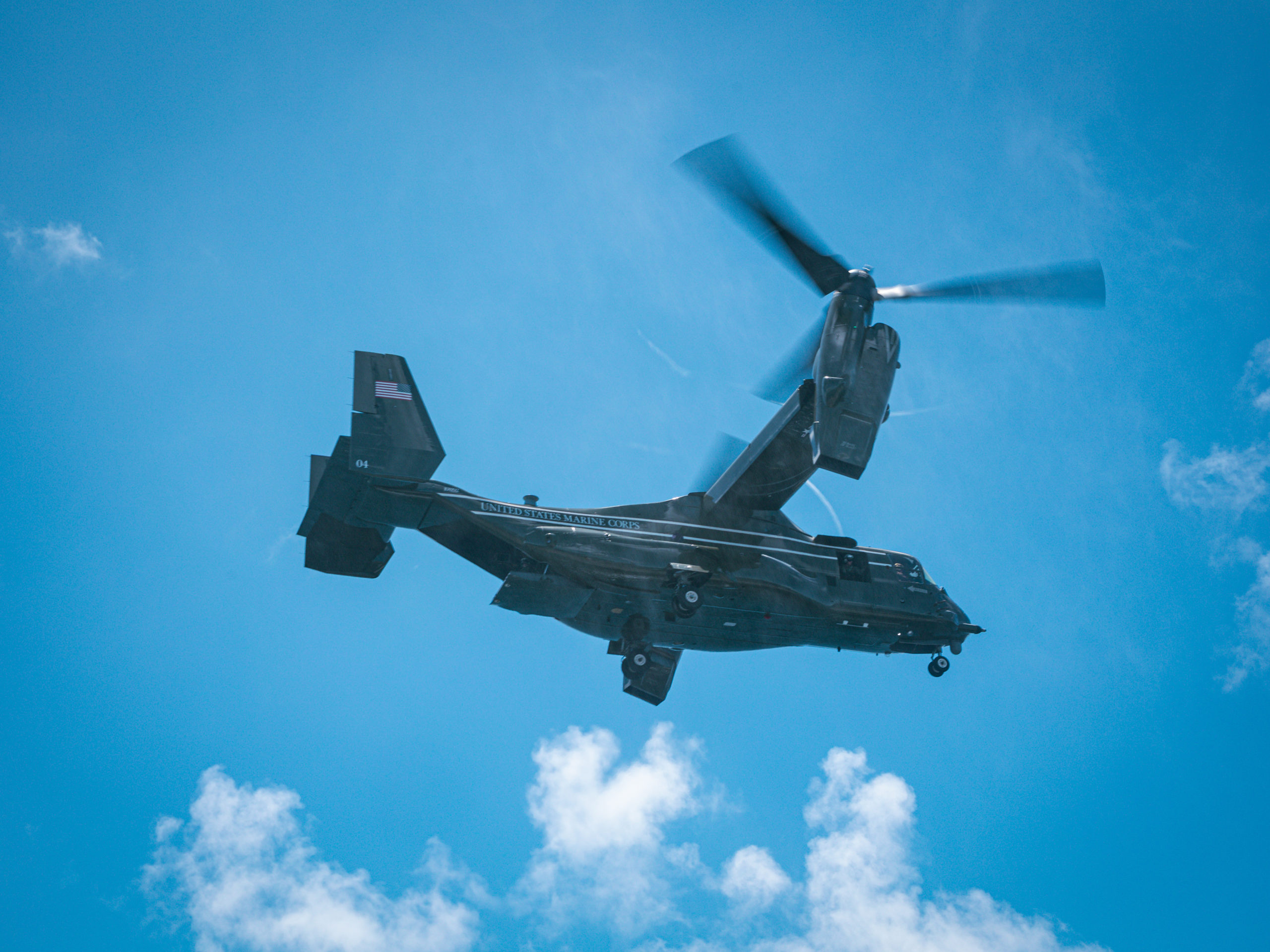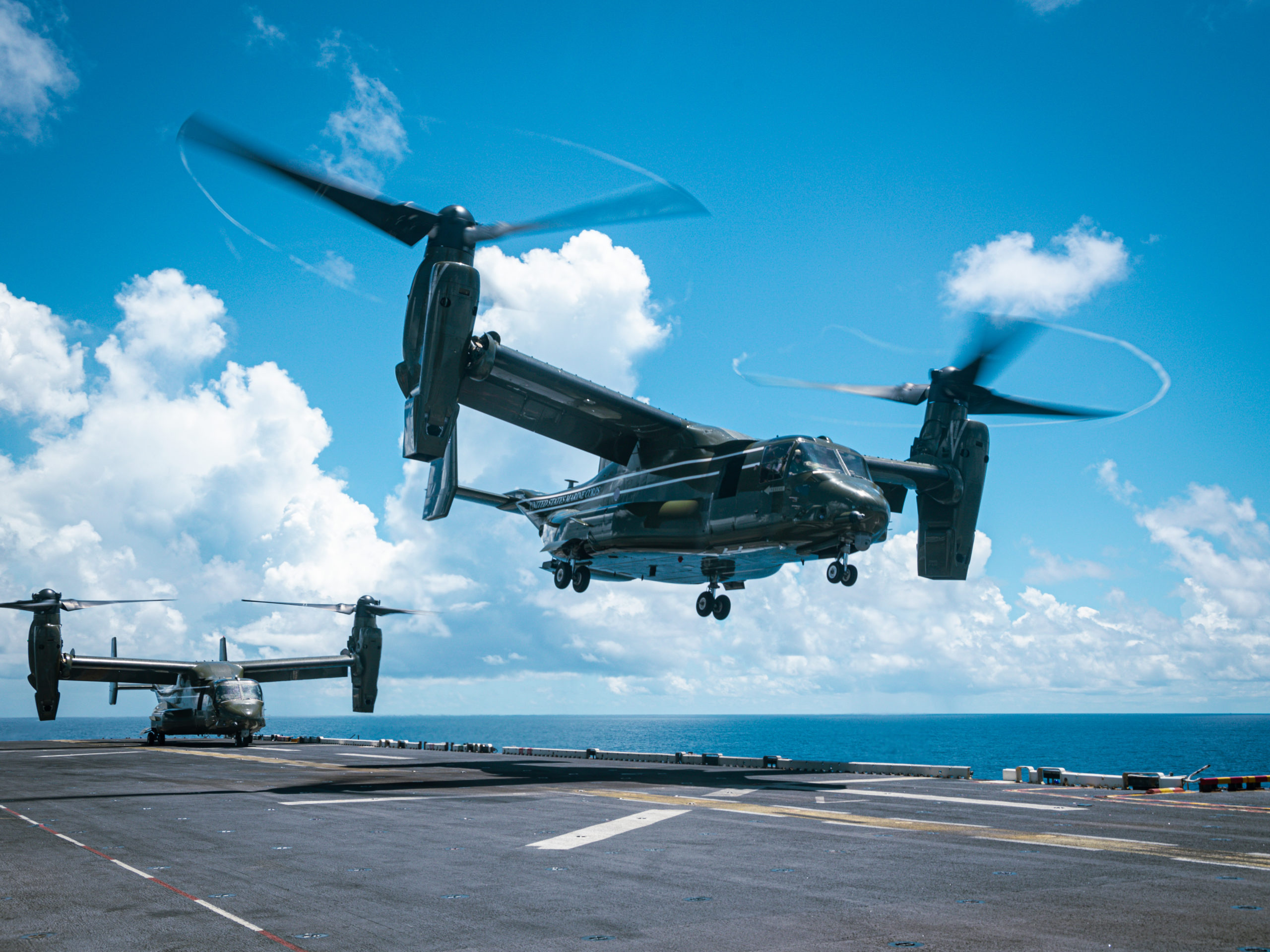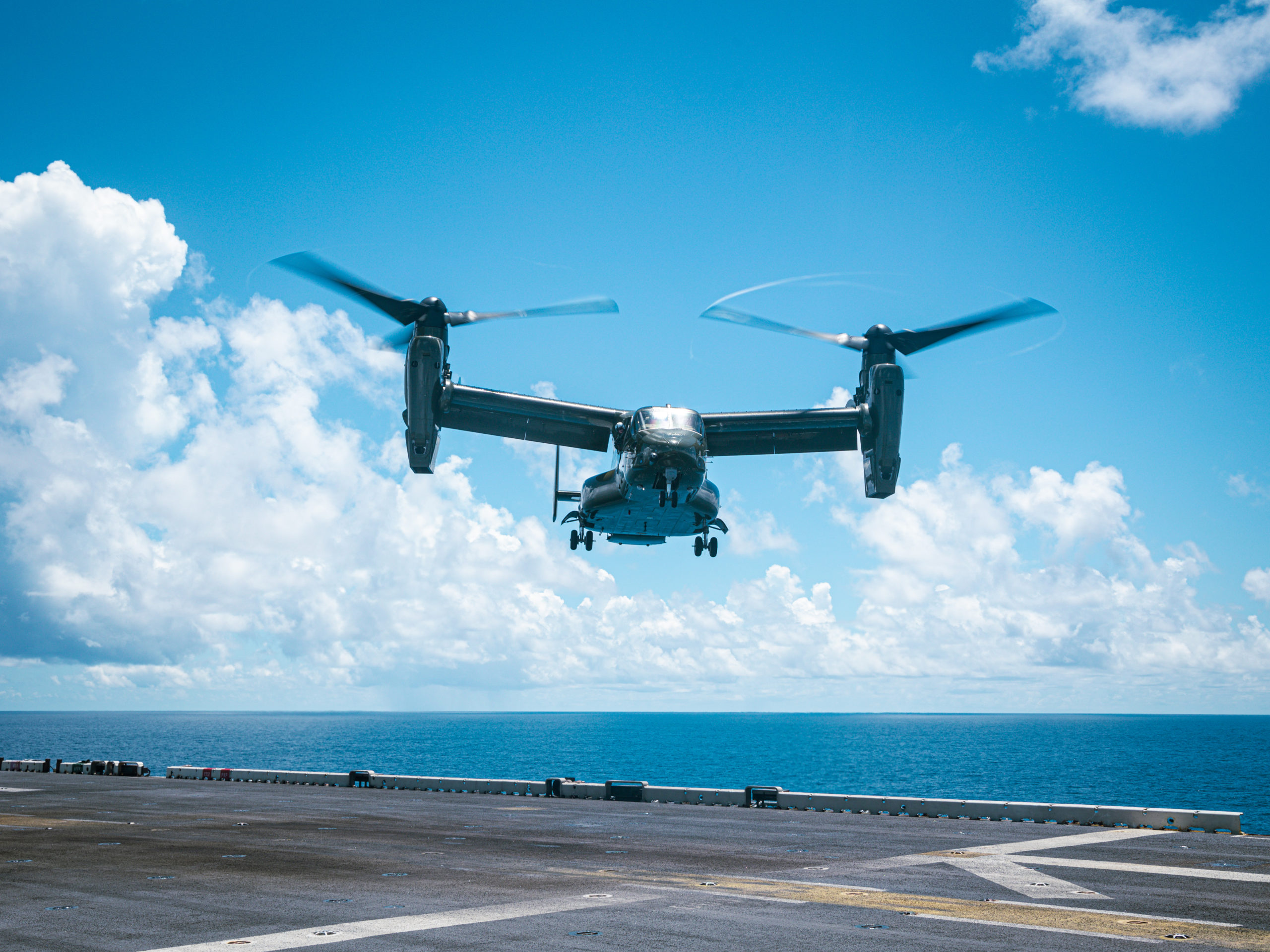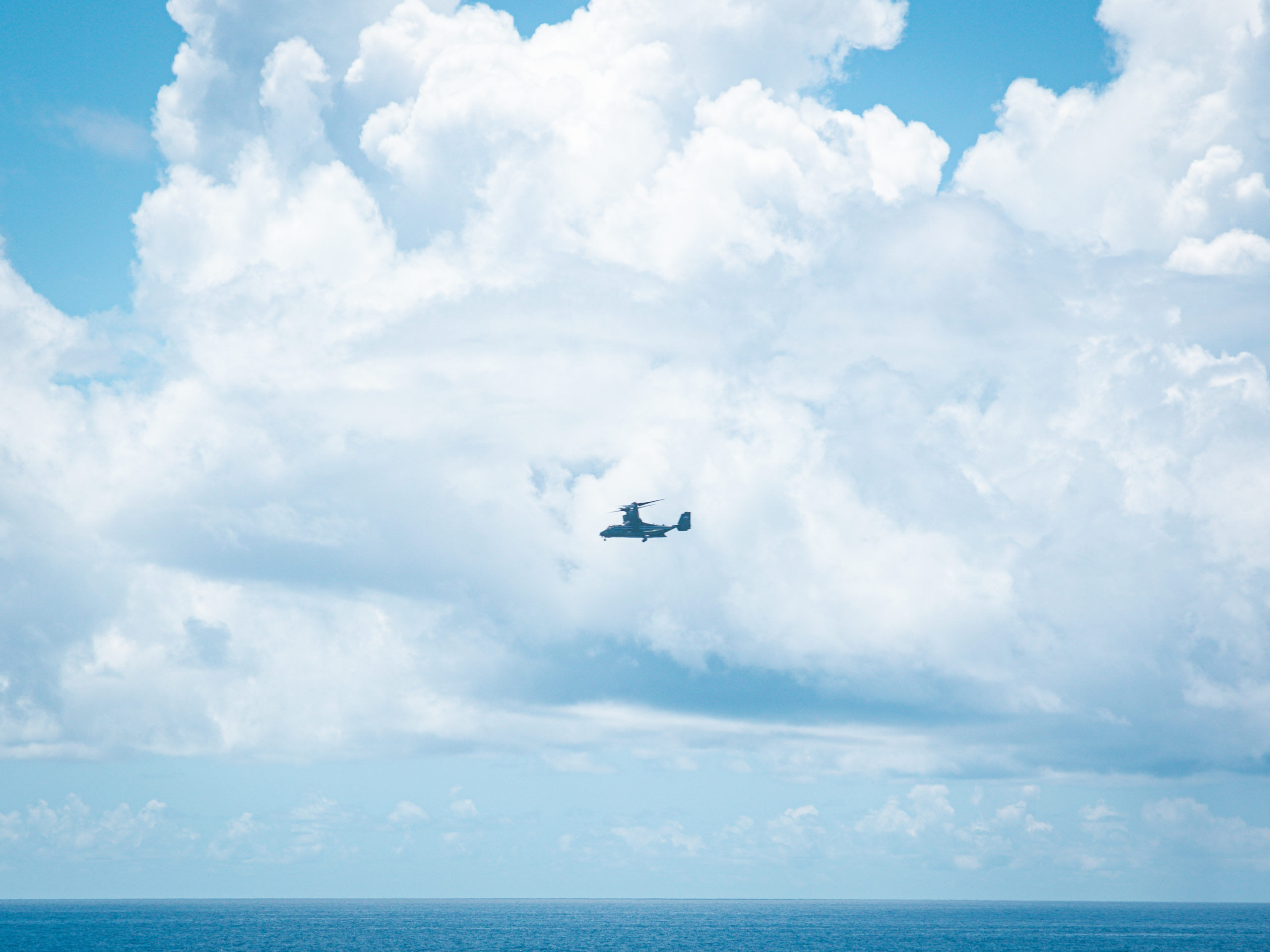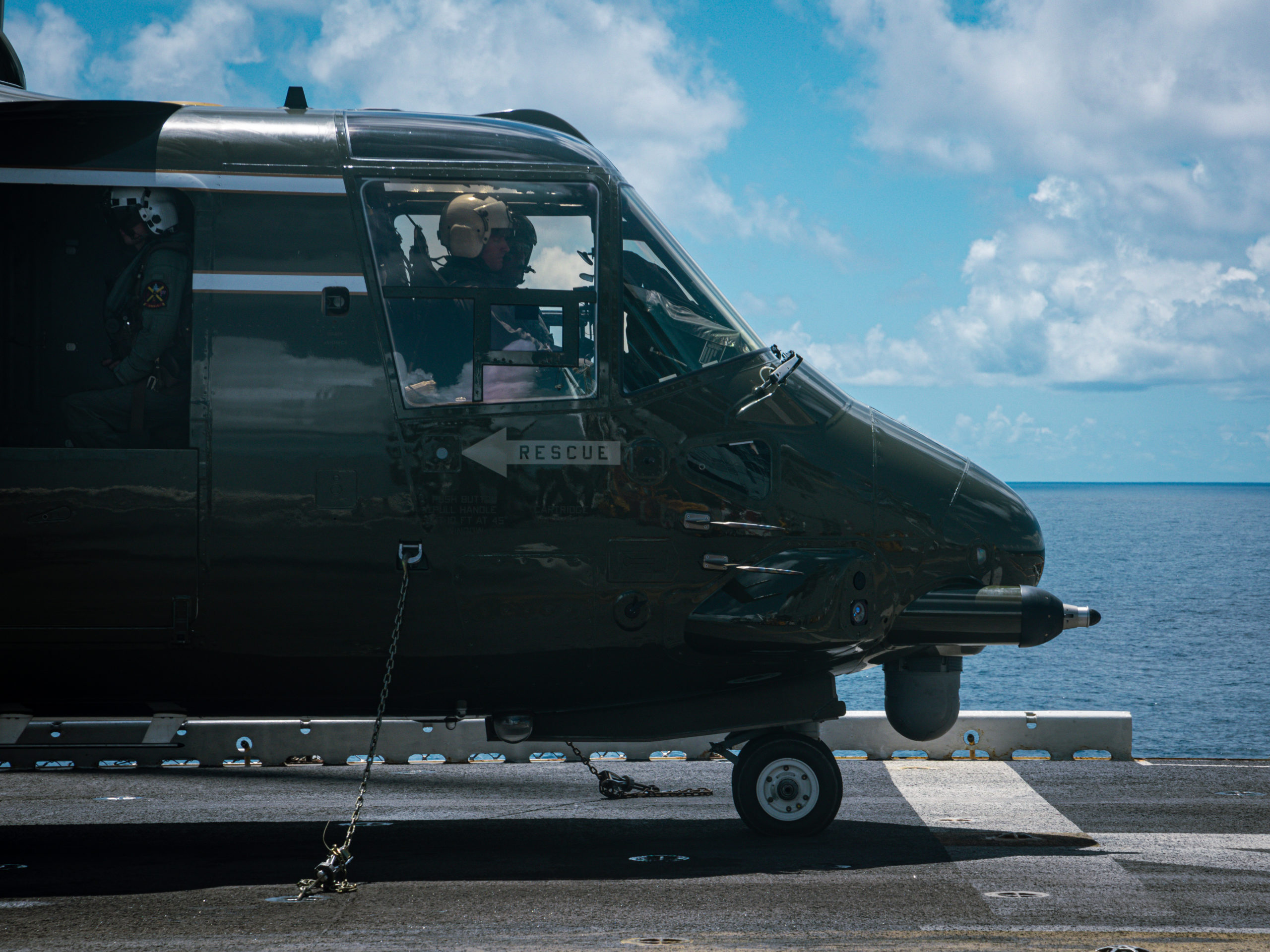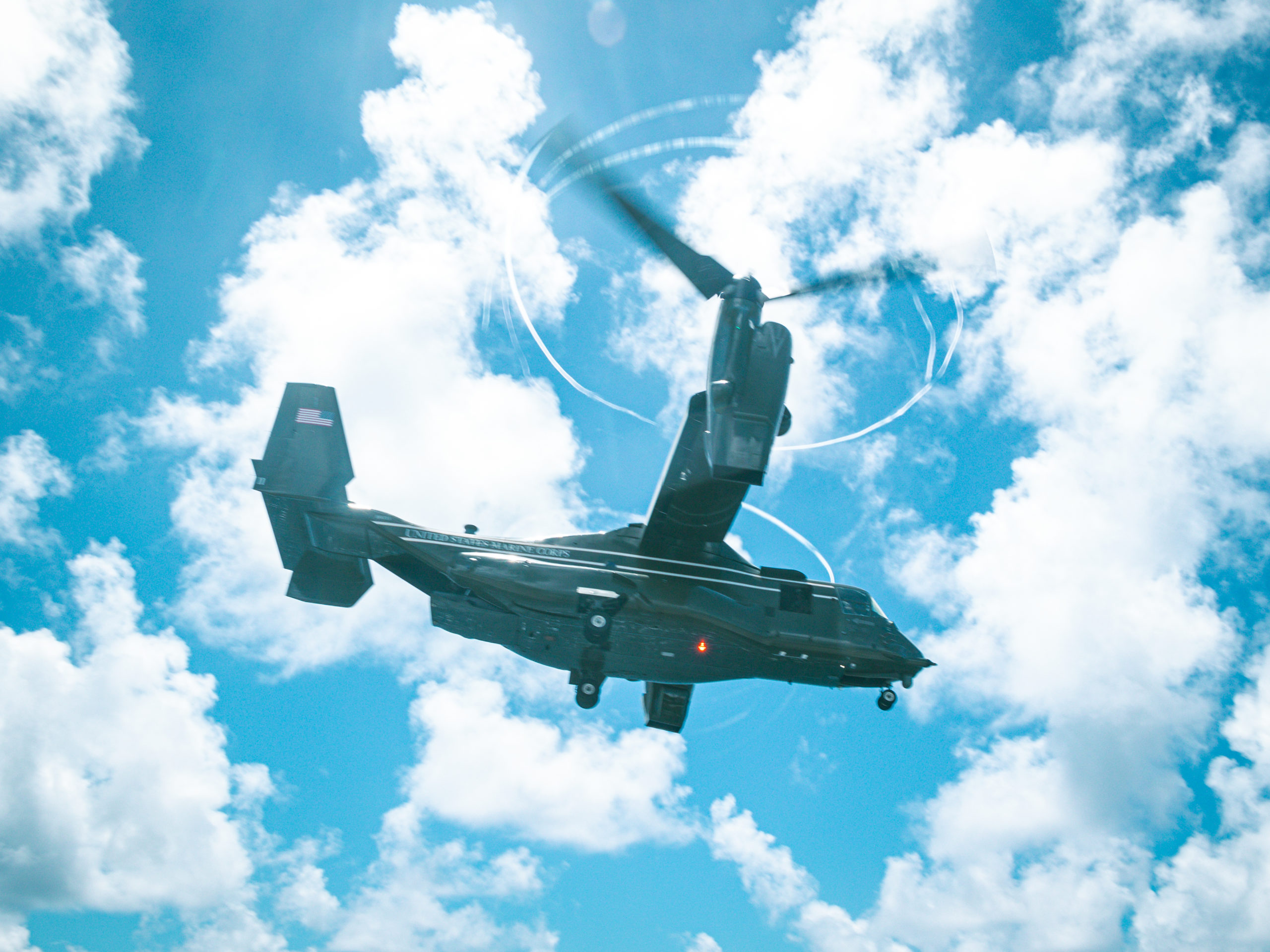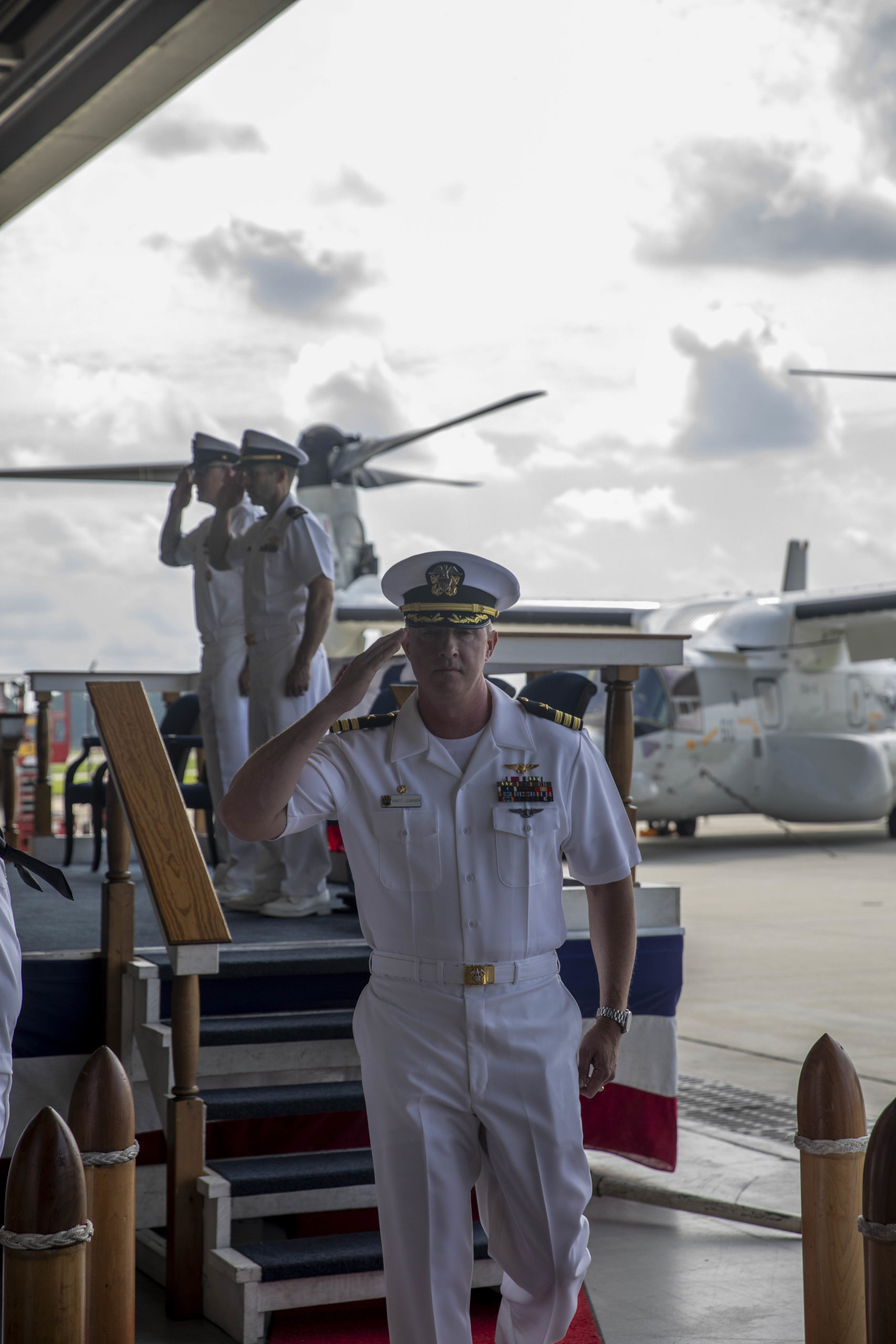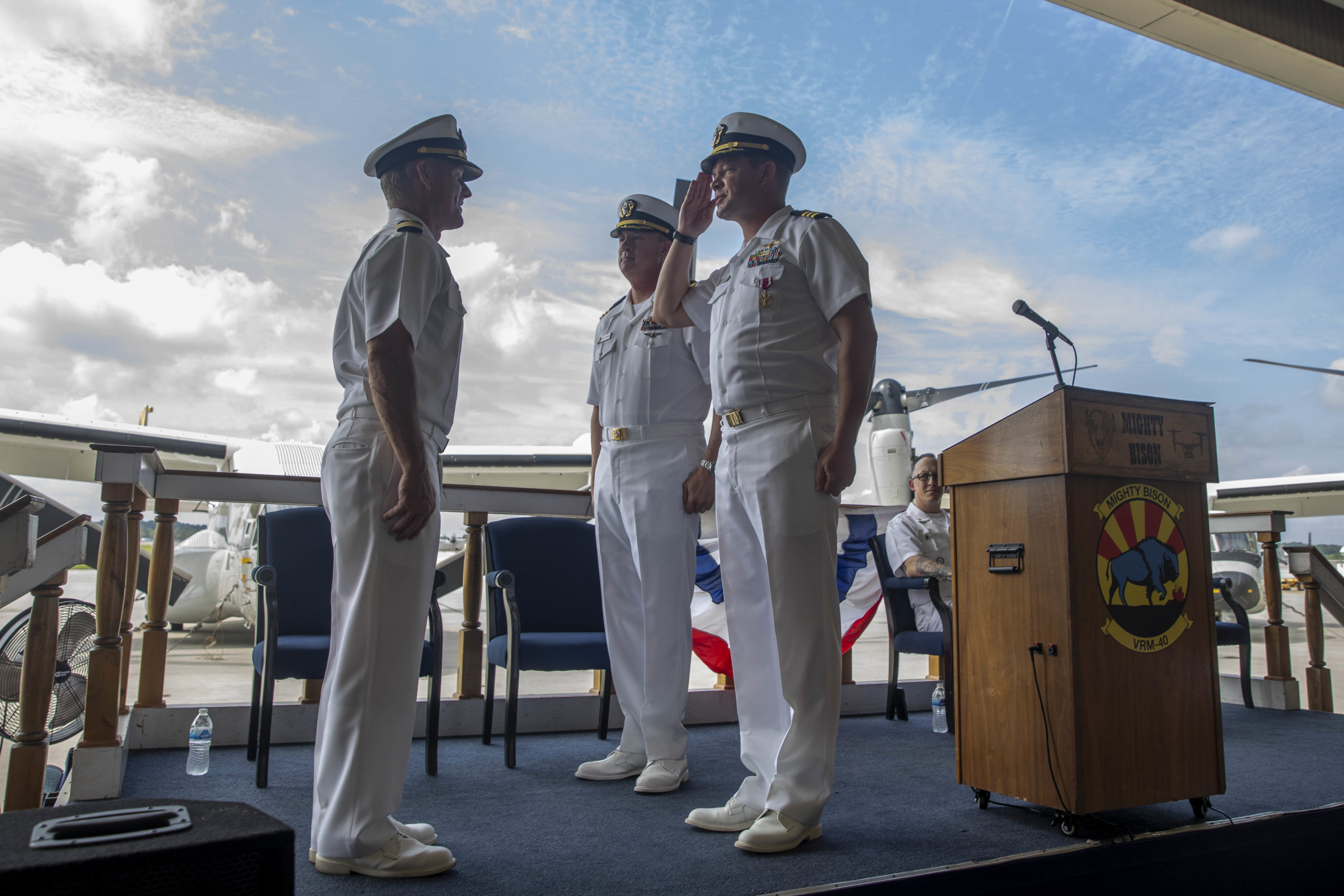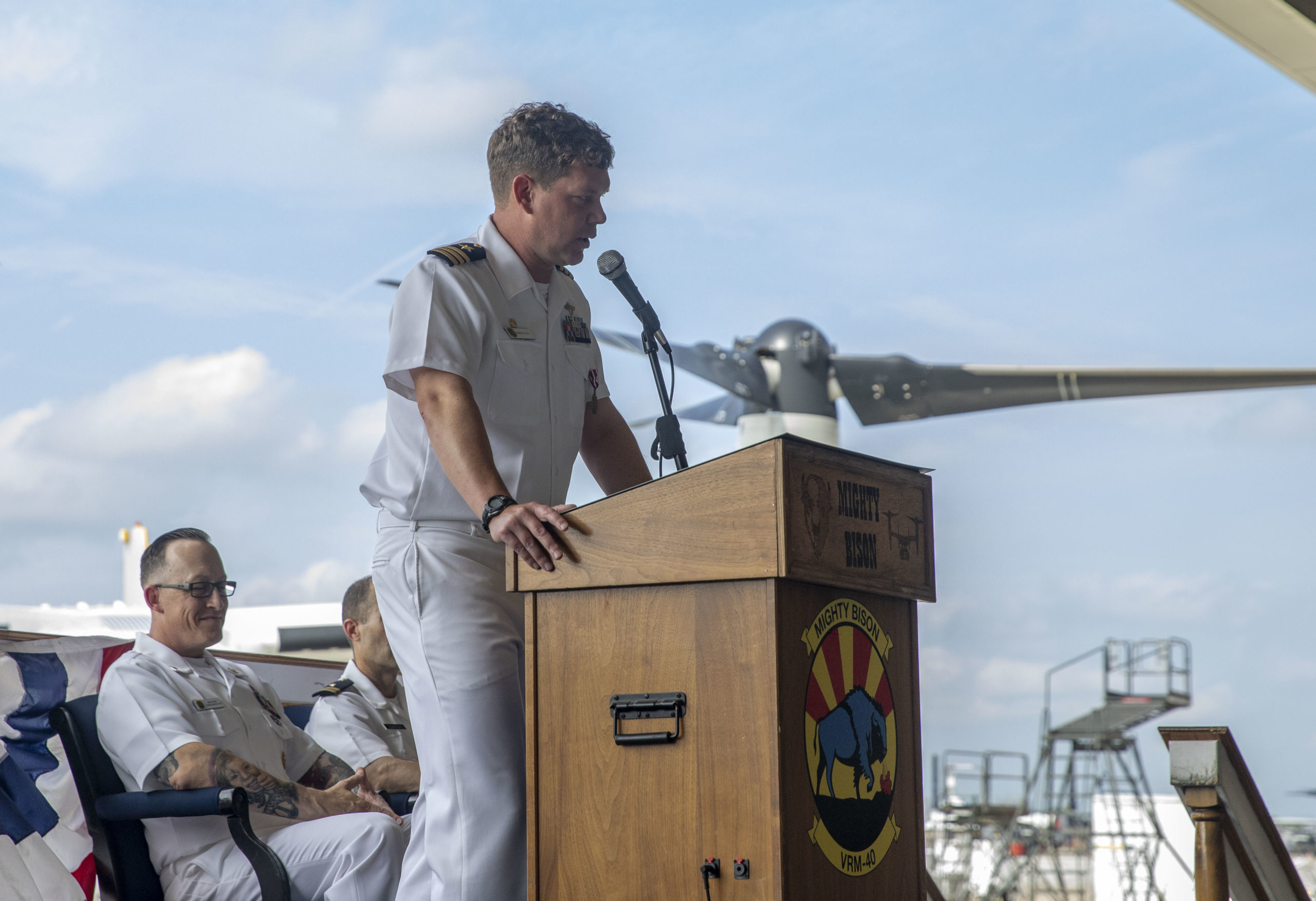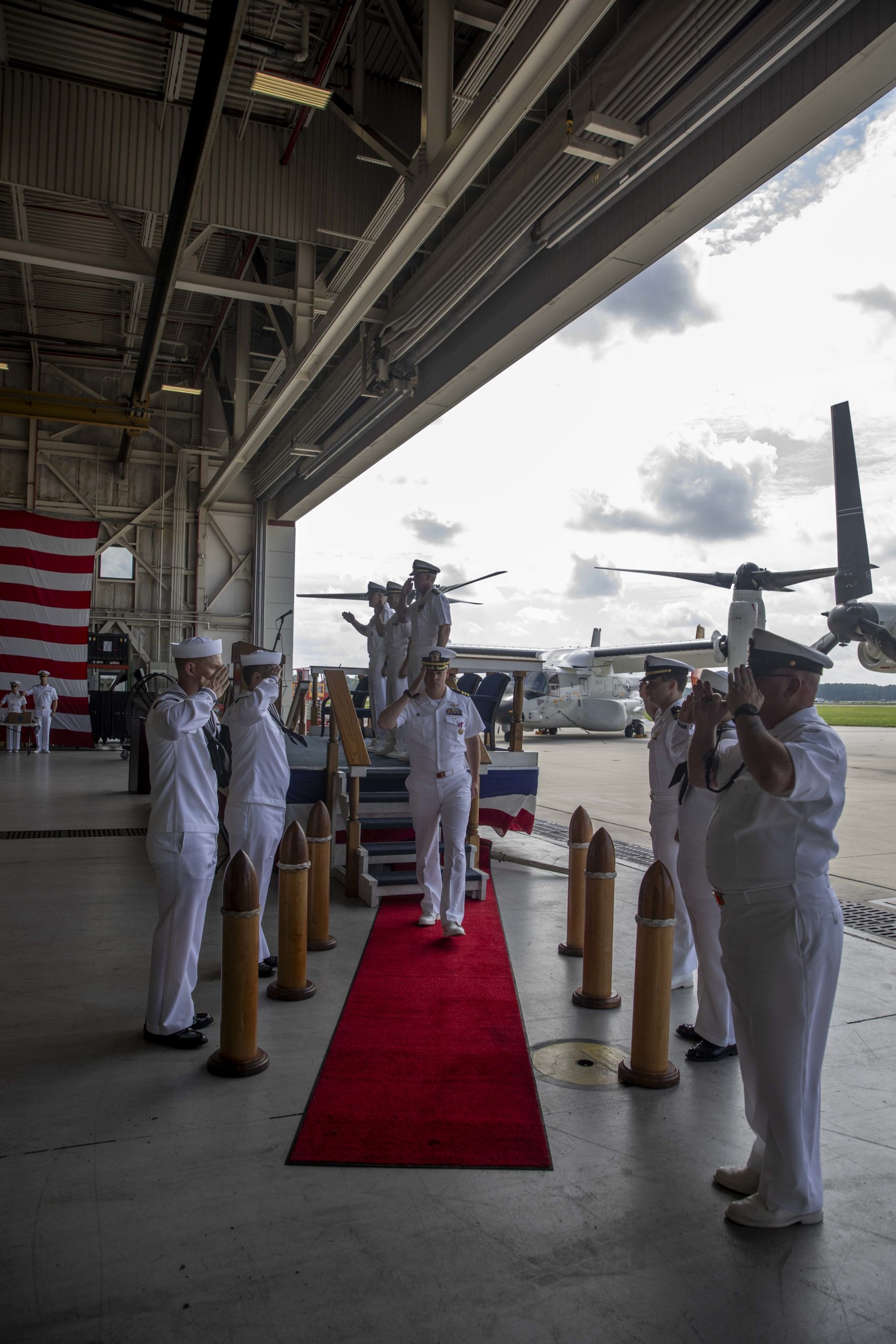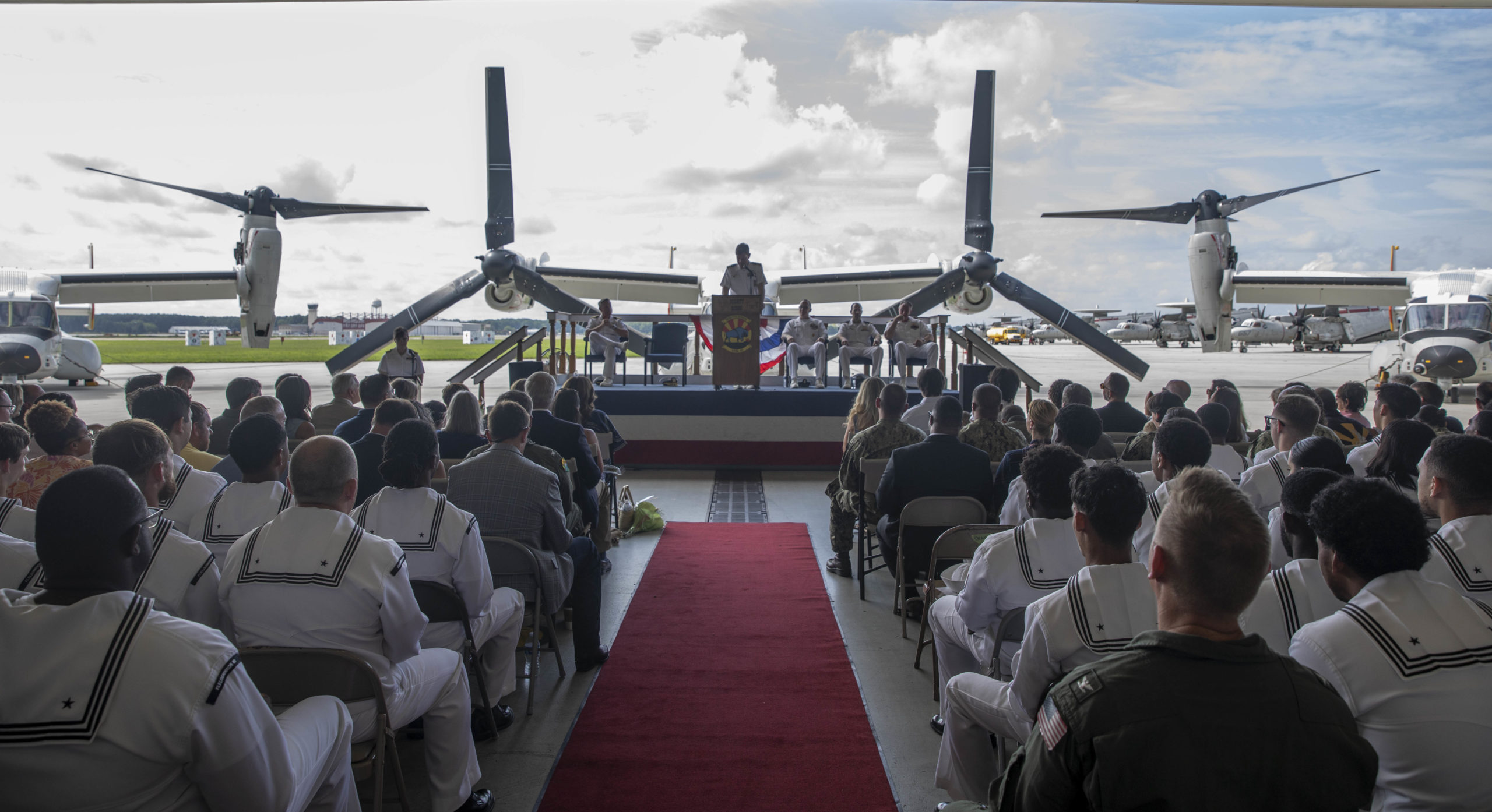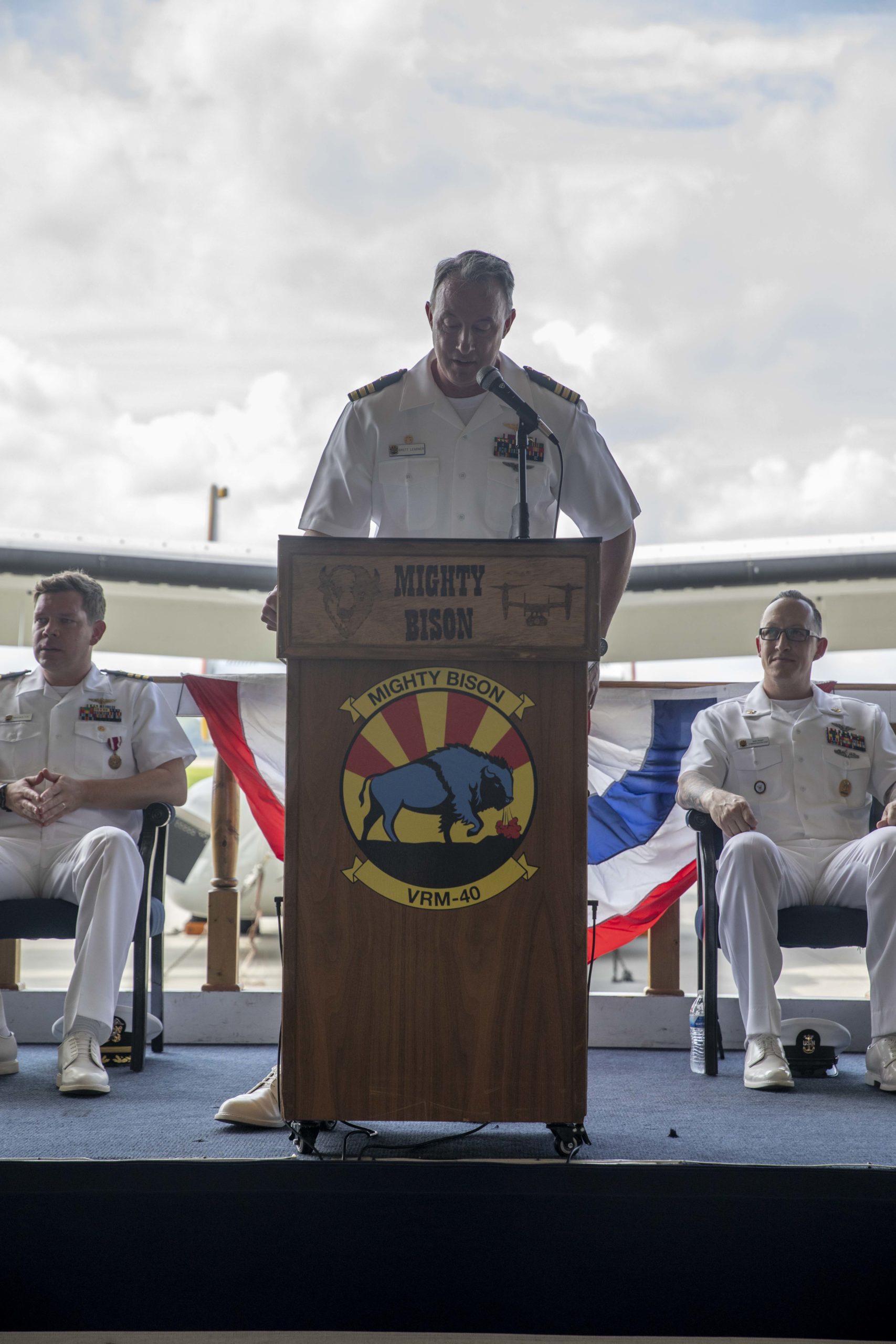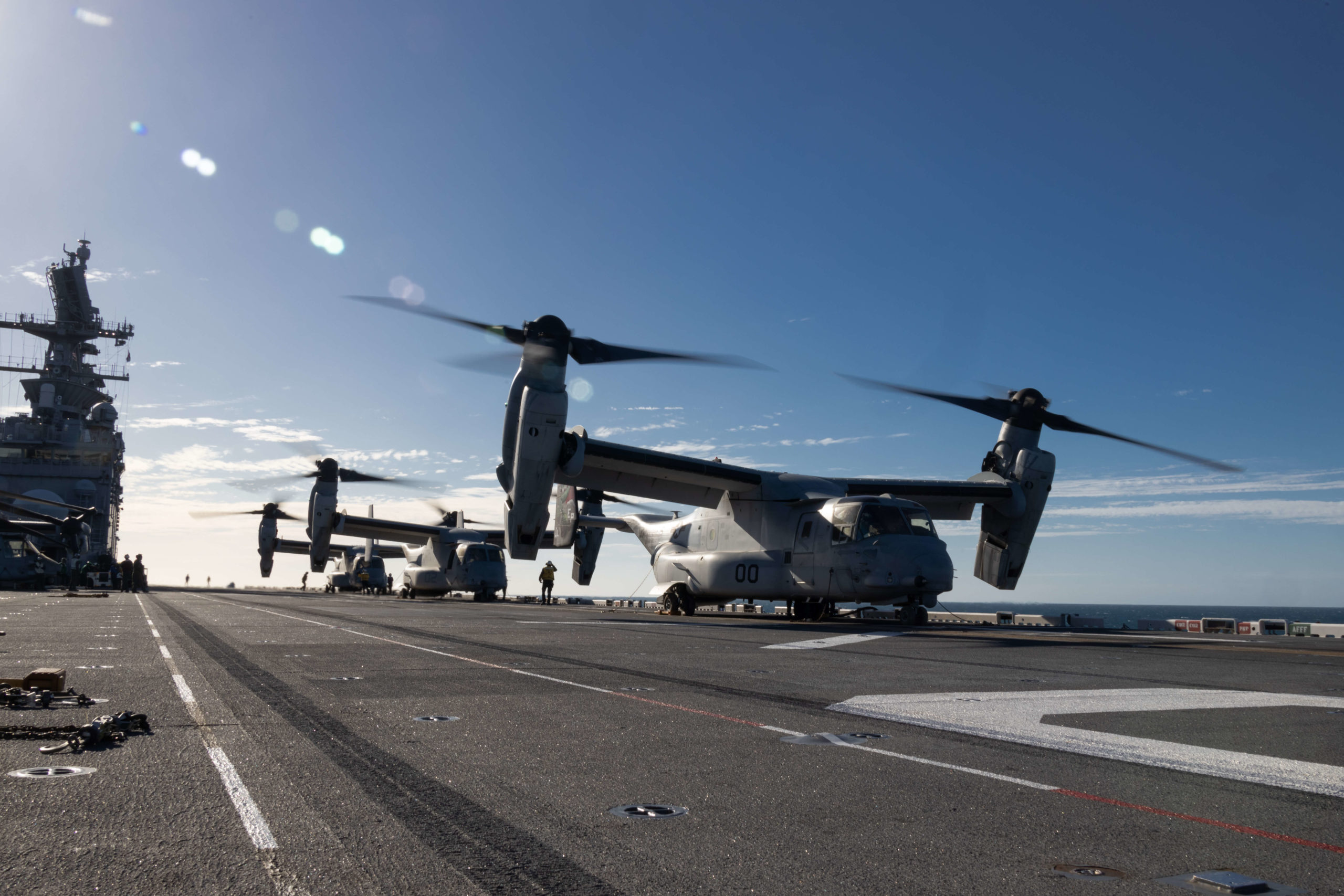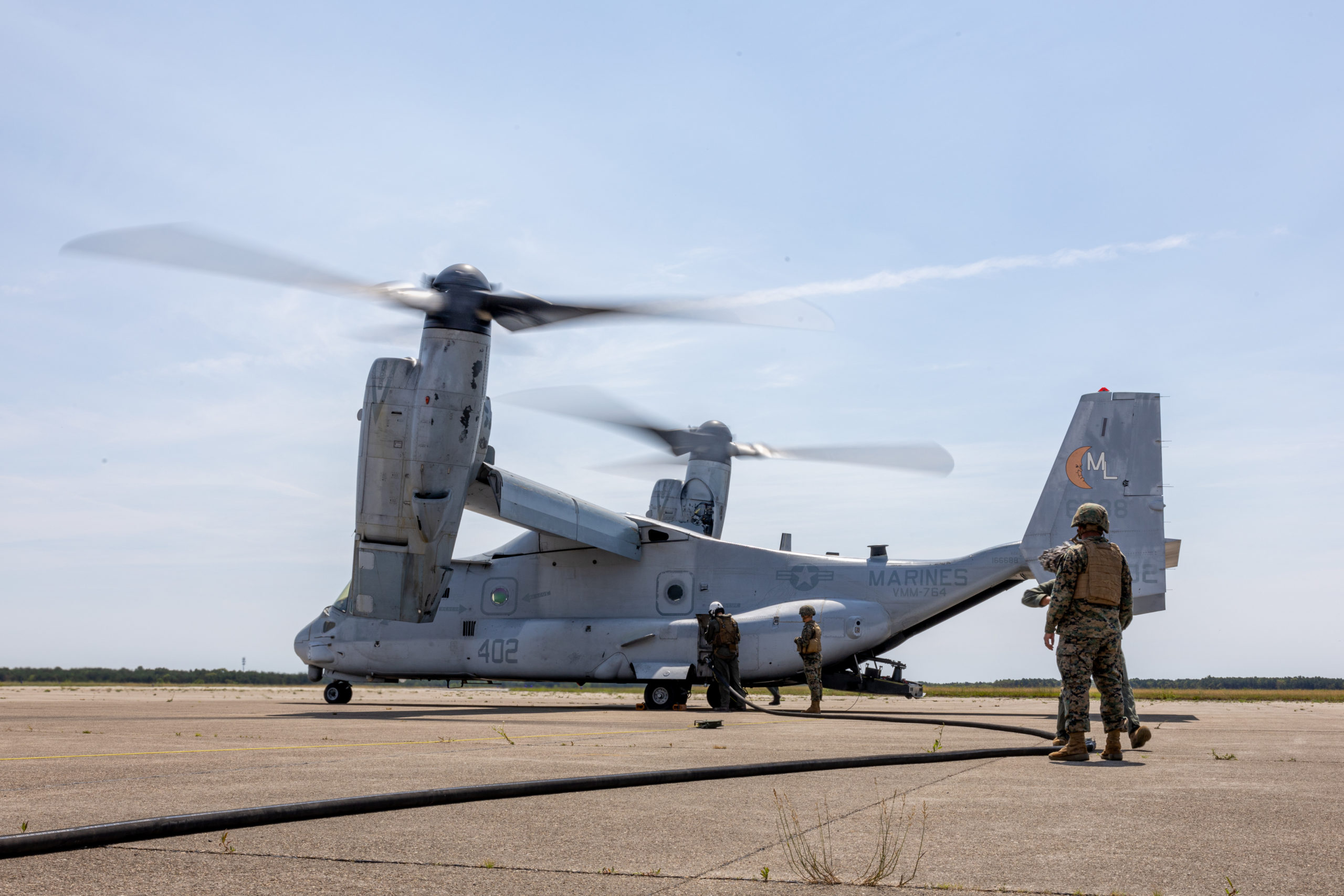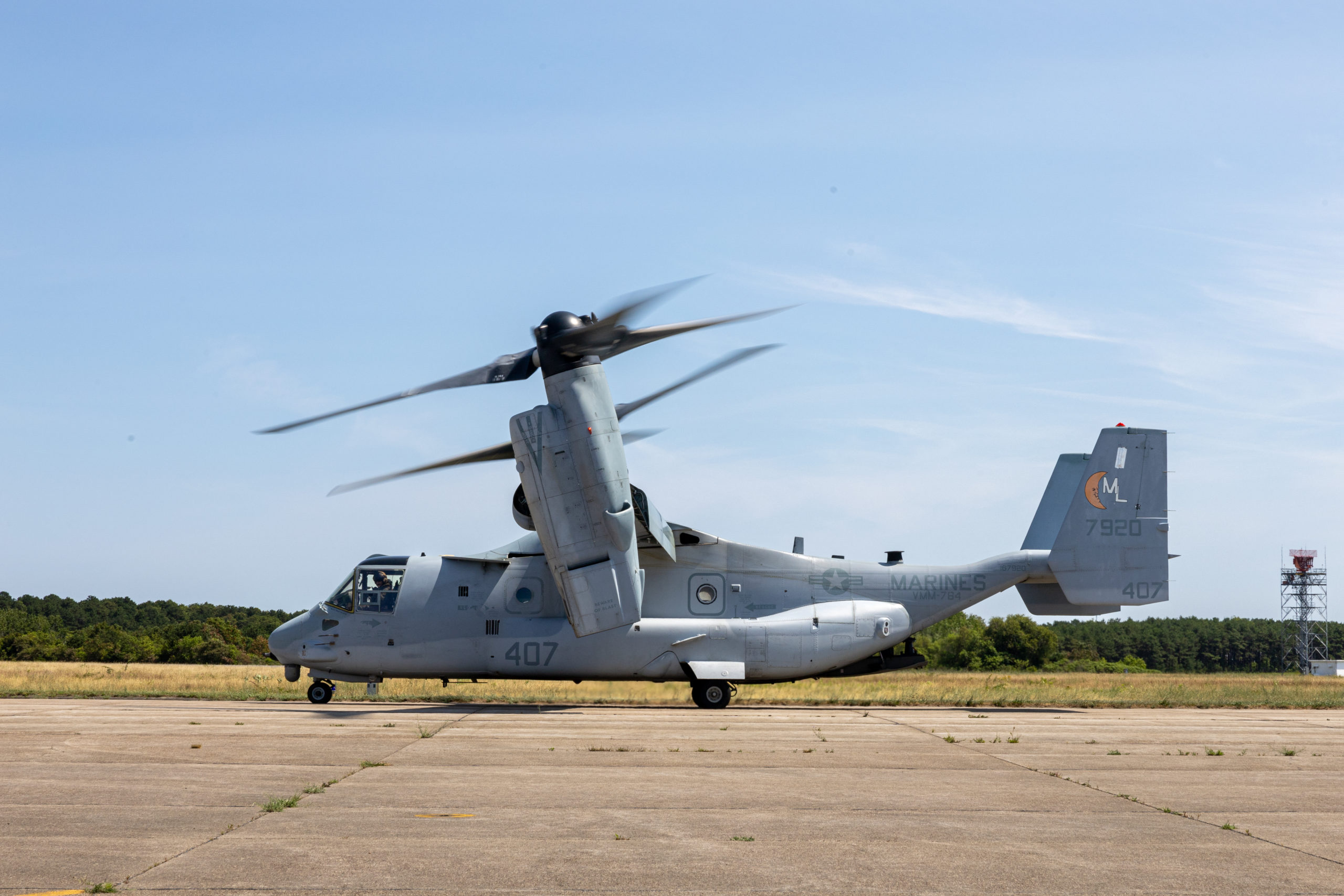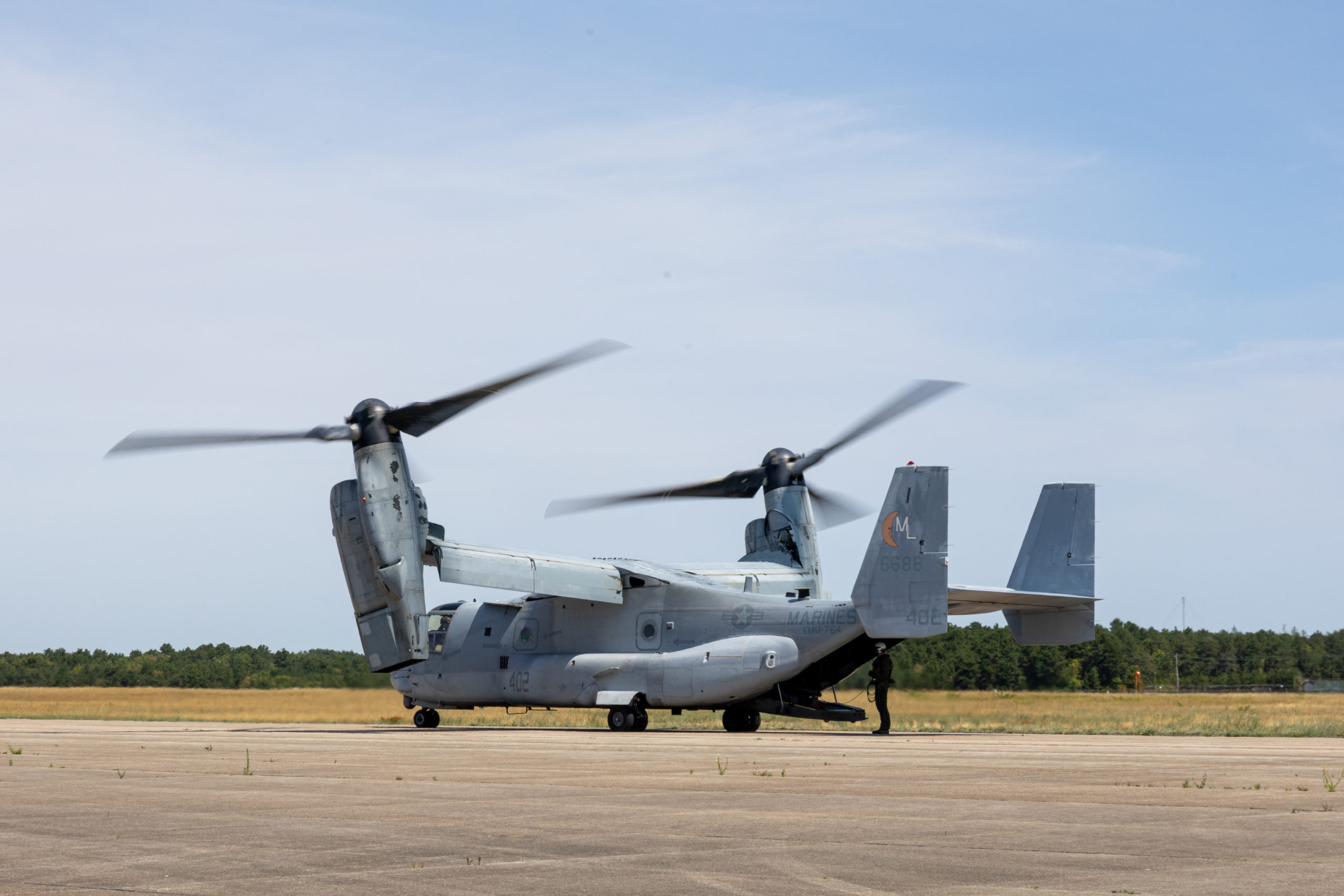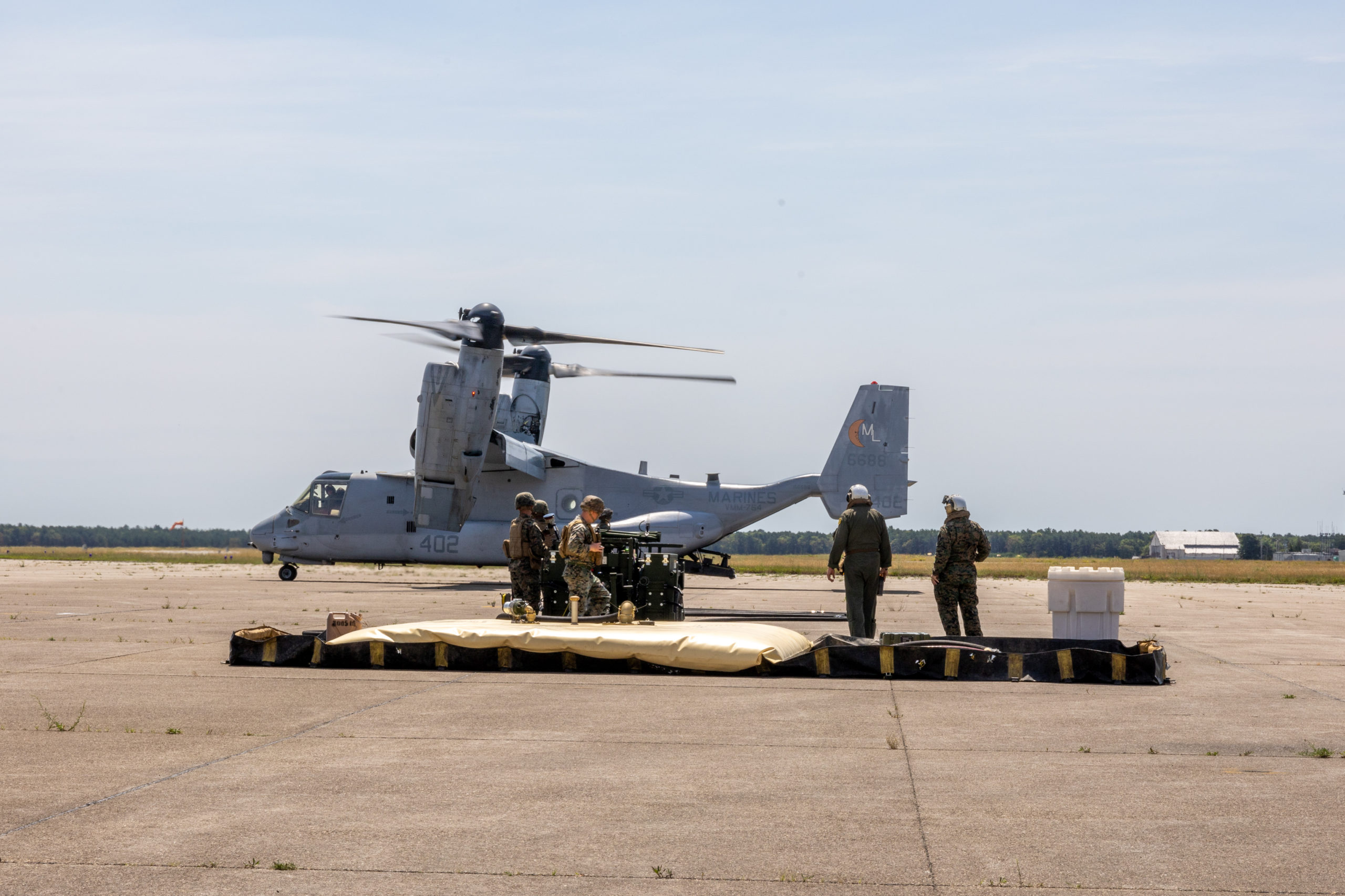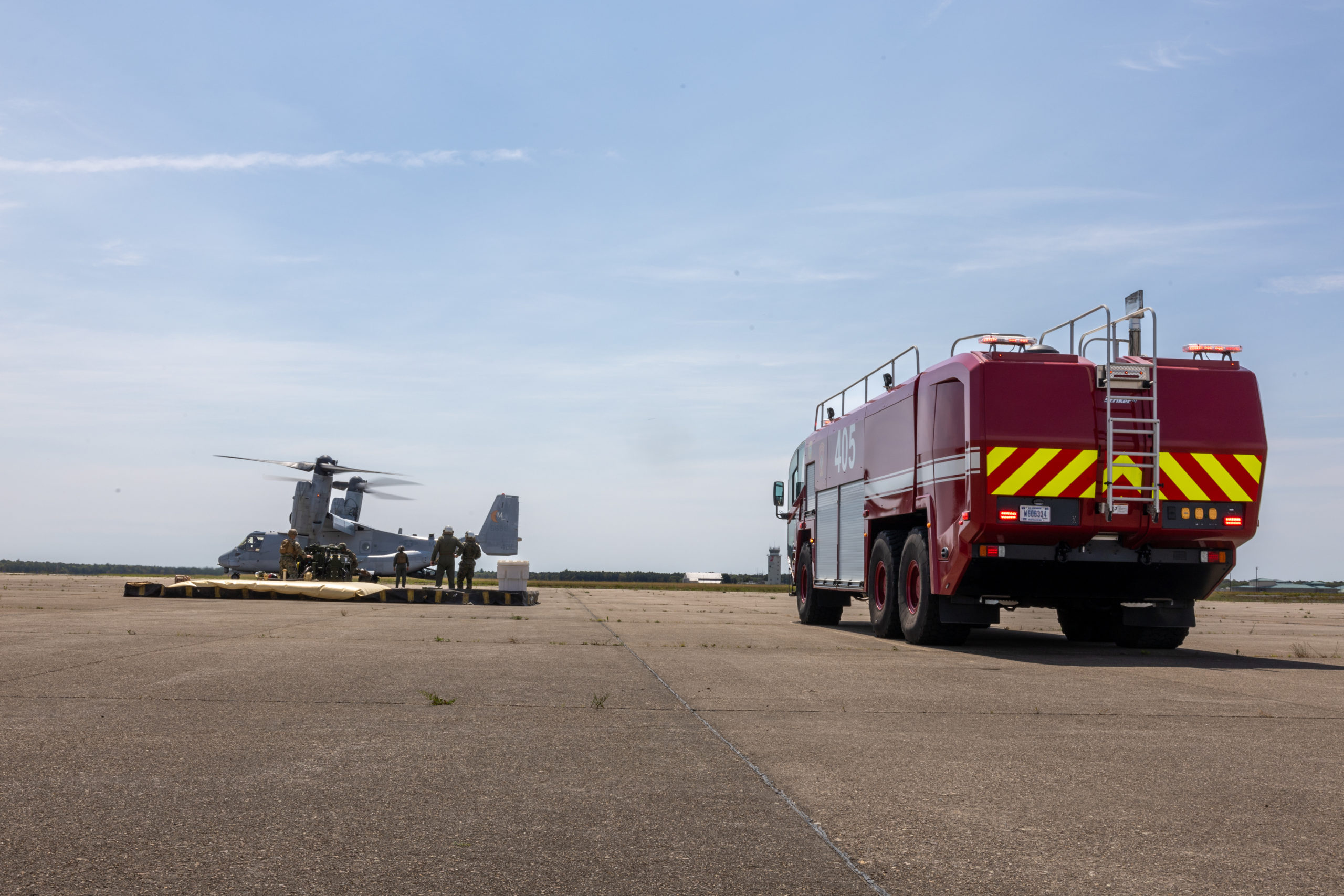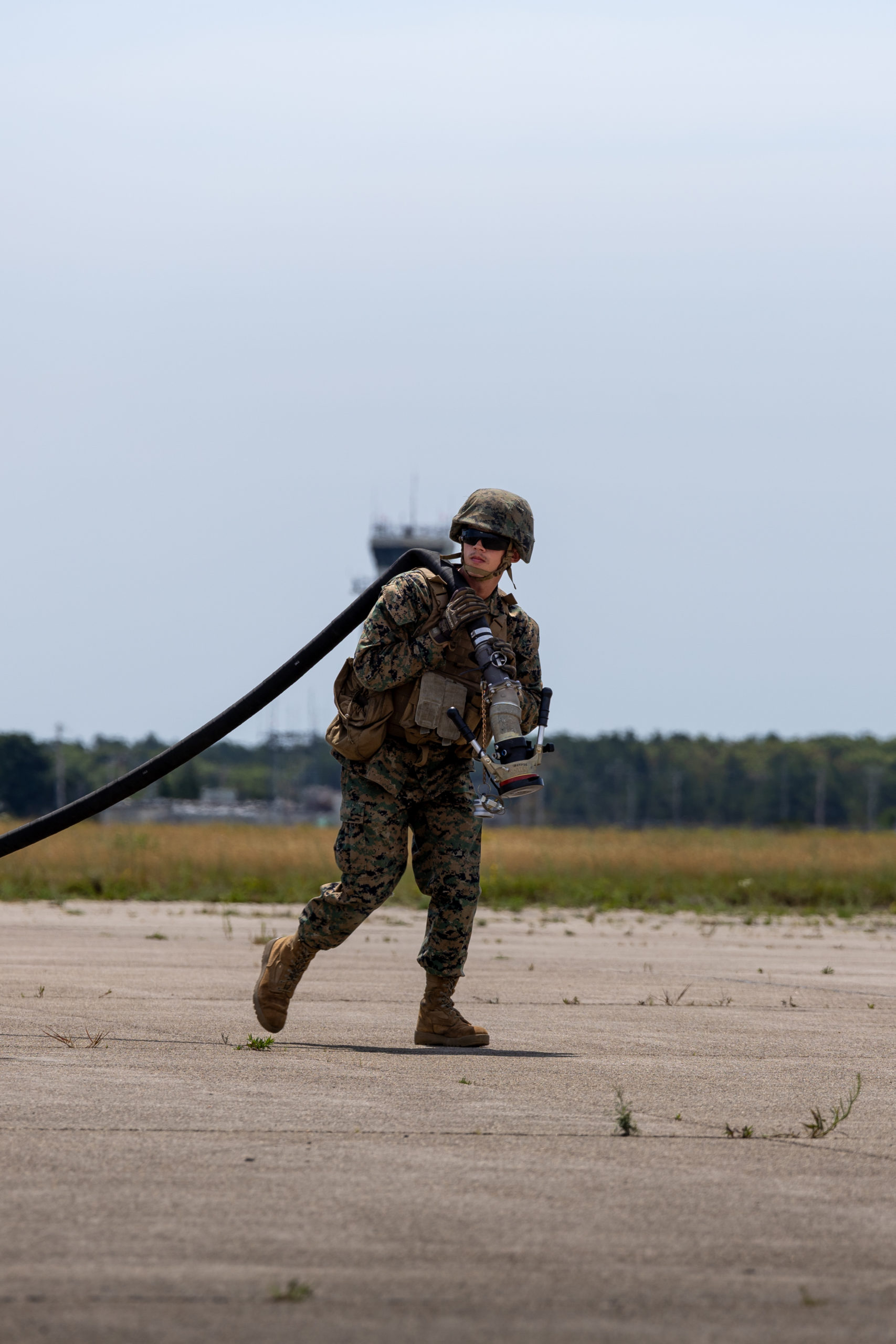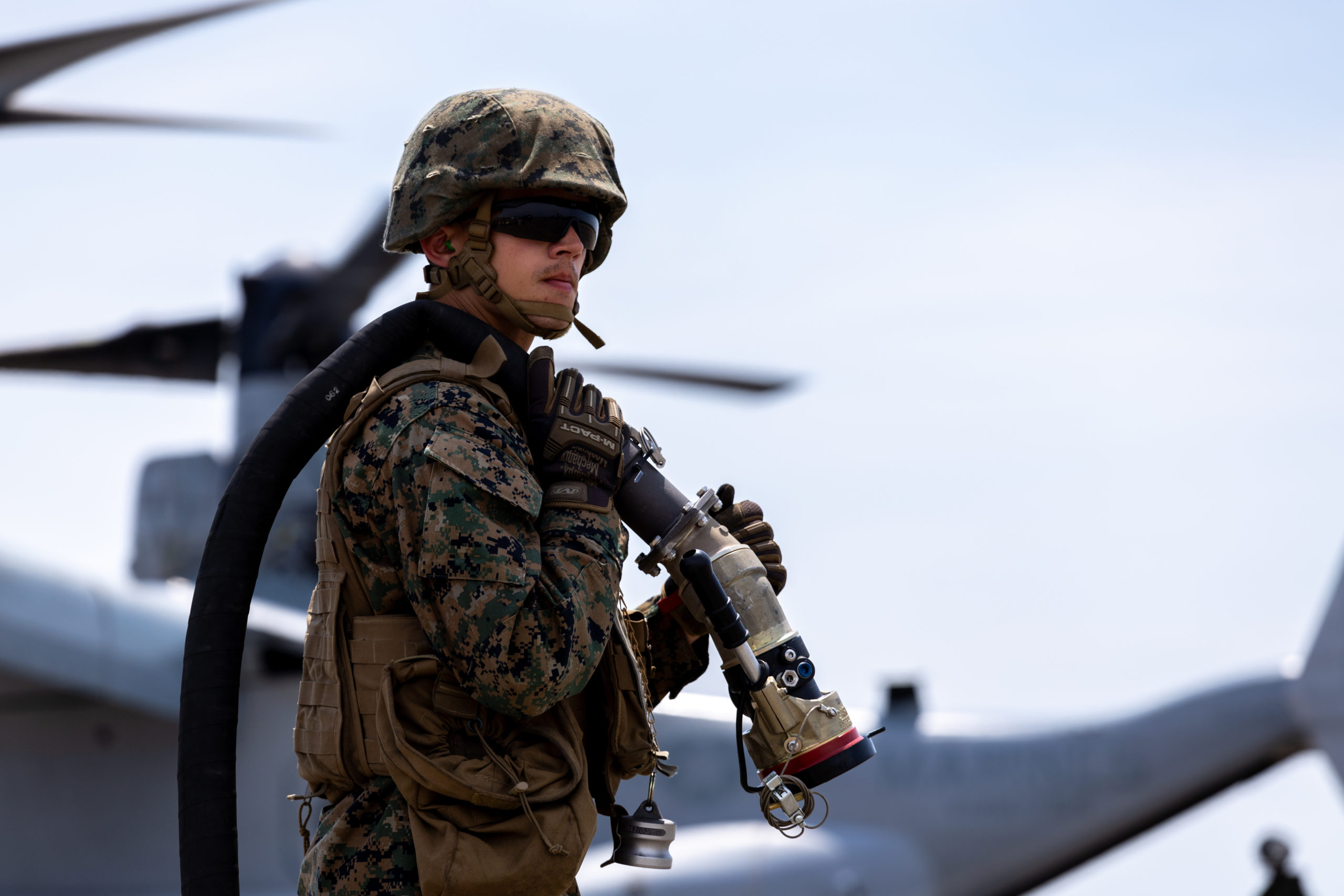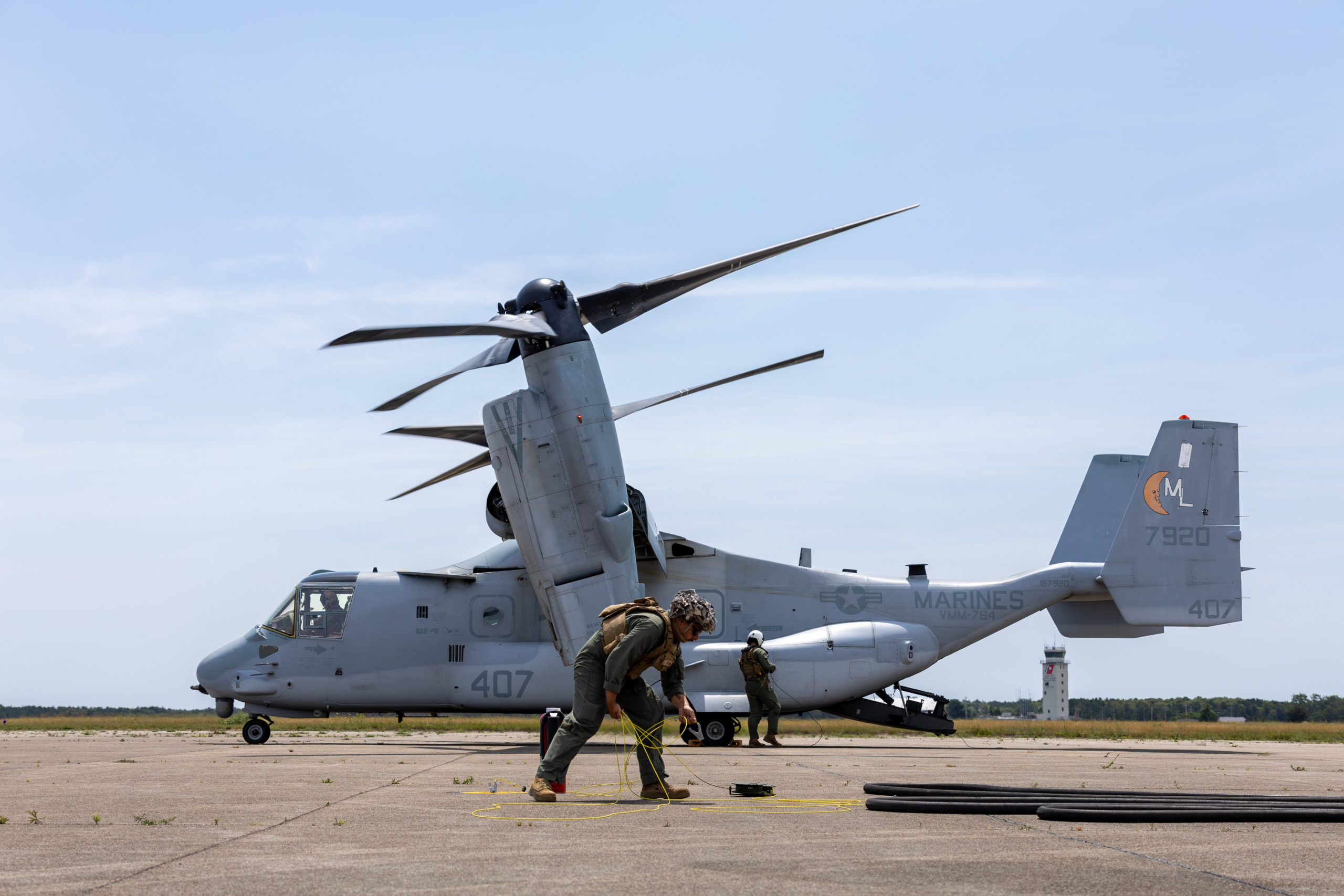By Robbin Laird
In 2021, my book entitled Training for the High-End Fight: The Strategic Shift of the 2020s was published.
I am starting a series of article re-engaging on this critical issue in the run up to my visit this Fall to the Italian International Flight Training School where there will be a great opportunity to look at one of the leading Western air forces addressing this challenge.
In this article, I want to revisit the argument presented in that book as my base line, so let me begin:
The fighter pilot climbing into an F-35C today faces a fundamentally different challenge than their predecessor from the Iraq War. Instead of operating as part of a traditional strike package with clearly defined roles, they must think and fight as a node in a vast, interconnected web of sensors, shooters, and decision-makers spanning multiple domains and services.
This shift from platform-centric warfare to network-enabled operations represents one of the most significant transformations in military thinking since the advent of combined arms warfare and it’s forcing a complete reimagining of how America trains its warriors.
The Strategic Inflection Point
The end of the “land wars” in Iraq and Afghanistan has coincided with the rise of peer competitors possessing sophisticated anti-access capabilities and advanced military technologies. This strategic shift demands “full spectrum crisis management” or the ability to seamlessly scale from peacetime presence operations to high-intensity conflict while maintaining precise control over escalation dynamics.
“We only win if we fight as an interoperable, networked, and distributed force,” explains Captain McCoy, Chief of Staff for the Navy Air Boss, reflecting on the challenge facing naval aviation. “We must embrace what is new and redefine what is basic warfighting capability.”
This transformation centers on the evolution from “kill chains” to “kill webs.” Traditional kill chains follow a linear progression: find, fix, track, target, engage, and assess.
But in contested environments against capable adversaries, this sequential approach proves too rigid and vulnerable. Kill webs, by contrast, create multiple pathways to achieve effects, with any sensor potentially informing any shooter across the joint force.
The Fifth Generation Challenge
The introduction of fifth-generation fighters like the F-35 has accelerated this transformation. These aircraft aren’t just more capable platforms, they’re information nodes that fundamentally change how air power operates. As Rear Admiral Brophy of the Naval Air Warfare Development Center (NAWDC) notes, “A distributed fleet without integratability delivered by interactive kill webs would weaken the force.”
This reality is driving comprehensive changes to training syllabi across all services. At NAWDC, the traditional TOPGUN curriculum is being supplemented with new Maritime ISR (MISR) officer training, creating what some call “sixth generation officers” focused on the command, control, intelligence, surveillance, and reconnaissance (C2/ISR) capabilities that enable distributed operations.
“Training can no longer focus solely on platform capabilities,” emphasizes Captain McCoy. “Training has to develop young aviators who appreciate their role within a larger maneuver/combat element.” Fighter pilots must now understand how their F-35C complements fourth-generation aircraft within the carrier air wing and how that air wing integrates with distributed surface combatants across the entire carrier strike group.
Shifting Left on the Kill Chain
Perhaps nowhere is this transformation more evident than in the renewed emphasis on what military professionals call “the left side of the kill chain” — the find, fix, and track functions that precede targeting and engagement.
“For the US Navy and the USAF, the weight of effort has been upon target and engage,” explains one senior officer. “But if you cannot find, fix or track something, you never get to target.” This shift requires training mission commanders to think through how various Intelligence, Surveillance, and Reconnaissance (ISR) assets could be used in complex strike packages, from P-8 maritime patrol aircraft sensors to satellite communications networks.
The challenge extends beyond simply accessing more information. In contested environments, operators must learn to synthesize data from multiple, often non-organic sources while making rapid decisions under pressure. This represents a fundamental cognitive shift from the deliberate targeting processes developed during the counterinsurgency era.
The Marine Corps Revolution
The transformation is perhaps most dramatic within the U.S. Marine Corps, which is undergoing its most significant reorganization since World War II. The service is shifting from an amphibious assault force designed for major combat operations to a distributed maritime force focused on sea control and sea denial in the Indo-Pacific.
Colonel Gillette, commanding officer of the Marine Aviation Weapons and Tactics Squadron-1 (MAWTS-1), frames the challenge: “How do you bring forces afloat inside the red rings in a responsible way so that you can bring those pieces to the chess board or have them contribute to the overall crisis management objectives?”
This shift requires Marines to master entirely new skill sets. Fire support Marines, traditionally trained in deliberate targeting for ground operations, must now learn dynamic targeting for maritime battles. The service is experimenting with blended training environments that combine live flying events with sophisticated simulators to create contested environments impossible to replicate safely in the real world.
Technology Enabling Transformation
Live Virtual Constructive (LVC) training is emerging as a critical enabler of this transformation. By blending real platforms with synthetic threats and environments, LVC allows training for scenarios that would be prohibitively expensive or dangerous to execute with live forces alone.
“We will shape a blended training environment,” explains Colonel Gillette, “which, from the operator’s perspective, will be no different than a completely live environment.” This technology enables realistic training against peer-level threats while allowing for repeated iterations that would be impossible with purely live exercises.
The integration extends beyond individual services. The U.S. Air Force is working closely with naval forces to develop truly joint training scenarios. As one Air Force leader notes, “There is a clear recognition that the maritime forces and USAF integratability is the key to unlock the U.S. capabilities in the Pacific and the North Atlantic to prevail in the high end fight.”
Allied Integration Imperative
The transformation isn’t limited to U.S. forces. Key allies are simultaneously restructuring their own forces and training approaches. Australia is developing a fifth-generation enabled fleet focused on the Indo-Pacific, while Britain is implementing its Integrated Operating Concept. The challenge lies in ensuring these parallel transformations remain interoperable.
“Doing so in interaction with allies and partners is a key part of the training environment,” notes one senior officer. “If in combat such sharing will be more widespread than allowed in most training environments, the joint enterprise will suffer significantly from combat preparation.”
This points to one of the most complex aspects of the transformation: balancing operational security requirements with the need for realistic training. Information sharing protocols that work during peacetime exercises may prove inadequate for the rapid decision-making required in actual crises.
A Path Forward
The transformation of military training for great power competition is still in its early stages, but the direction is clear. Success will require abandoning comfortable assumptions about how military forces organize, train, and fight. Platform-centric thinking must give way to network-enabled operations. Sequential kill chains must evolve into adaptive kill webs. Most importantly, individual expertise must be balanced with collaborative capability across services, domains, and allies.
As Admiral Nimitz observed in the Pacific War, “Having confronted the Imperial Japanese Navy’s skill, energy, persistence, and courage, Nimitz identified the key to victory: ‘training, TRAINING and M-O-R-E T-R-A-I-N-I-N-G.'” The same principle applies today, but the training itself must be fundamentally reimagined for the challenges of 21st century warfare.
The stakes couldn’t be higher.
As I concluded my book, “These systems will have the proper effect only in the hands of skilled warriors, who, today, have to face a radical disjuncture from traditional training approaches and thinking in order to address these new types of threats.”
For a podcast which discuses this article, go to the following:
Rethinking Military Training: From Kill Chains to Kill Webs
For a short briefing overview on the strategic shift, see the following


